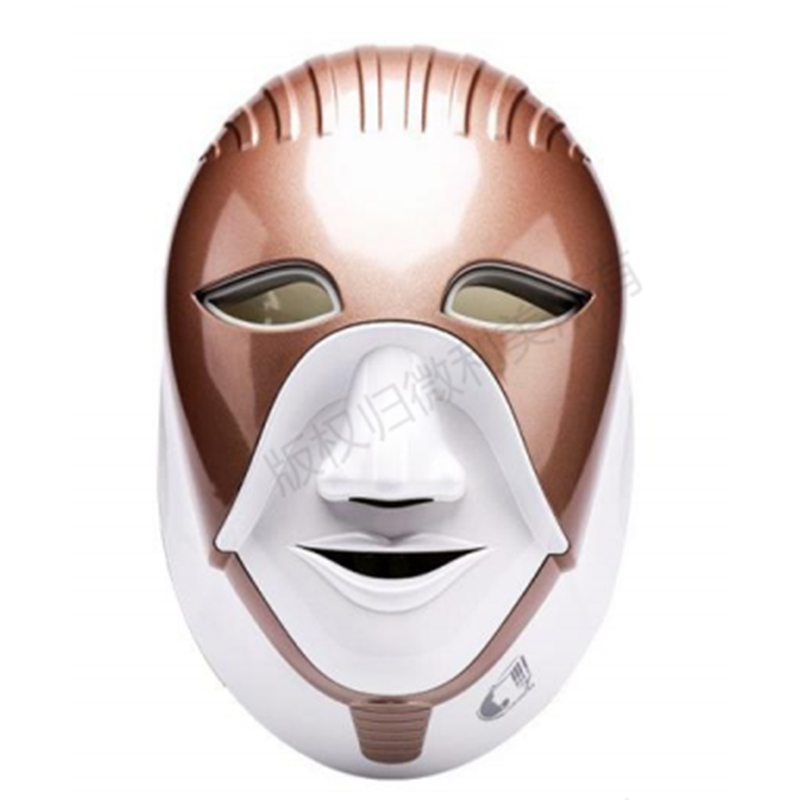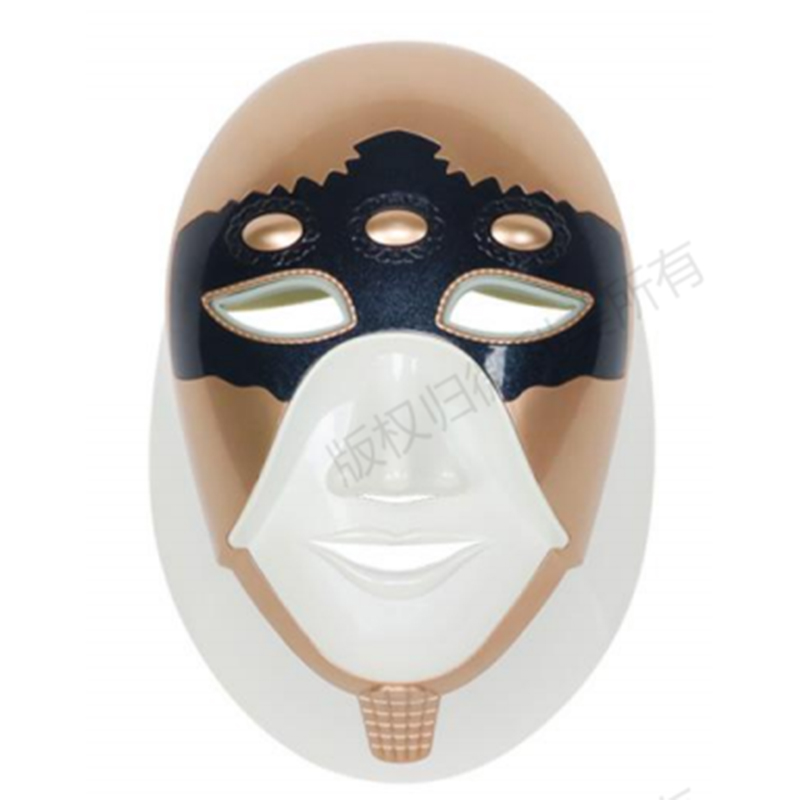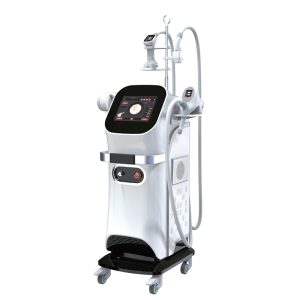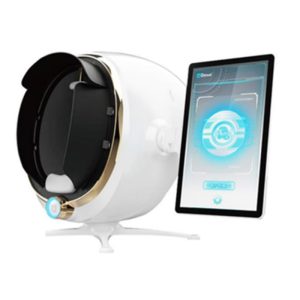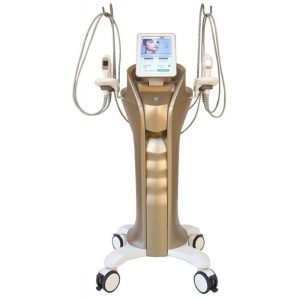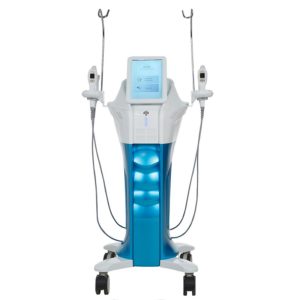Egyptian mask instrument
1. Multi-effect care synergy, adapted to the needs of medical aesthetics scenarios: The medical aesthetics instrument mask integrates multiple phototherapy technologies, including red light, blue light, and near-infrared light, to precisely target different skin concerns—for example, red light repairs the skin barrier, blue light inhibits acne, and near-infrared light deeply activates collagen. It can be used in conjunction with medical aesthetics procedures (such as photorejuvenation and microneedling) for post-operative repair, or independently for daily anti-aging and acne treatments. Compared to single-function devices, it eliminates the need for frequent device replacement, reduces operational workloads at medical aesthetics institutions, meets customers’ diverse skincare needs, and improves service efficiency and reputation.
2. Comfortable fit ensures safe and enjoyable treatment experience: The mask is made of medical-grade silicone or skin-friendly materials, and its curved structure is designed to fit the human facial contours, tightly wrapping around the eyes, cheeks, and jawline, ensuring uniform light energy coverage. Furthermore, the mask features an eye protection shading design to prevent damage to the eyes during phototherapy. Select models feature a temperature adjustment function to maintain a comfortable skin feel and avoid the discomfort of overheating or overcooling. This non-invasive treatment mode requires no contact with the skin, reducing the risk of cross-infection and meeting the high hygiene and safety requirements of medical aesthetic institutions.
3. Smart and convenient, adapting to efficient institutional operations: Many masks feature a smart touch panel or Bluetooth connectivity, allowing healthcare professionals to precisely adjust light intensity and time modes based on the patient’s skin type and care needs. The simple operation reduces training costs. Furthermore, the masks are lightweight and easy to store, requiring minimal storage space. The manageable duration of a single treatment session (typically 10-20 minutes) allows for flexible scheduling of multiple patient services and improves institutional equipment utilization. Select models feature a disposable protective film, further streamlining cleaning processes and enabling institutions to efficiently deliver standardized care services.

